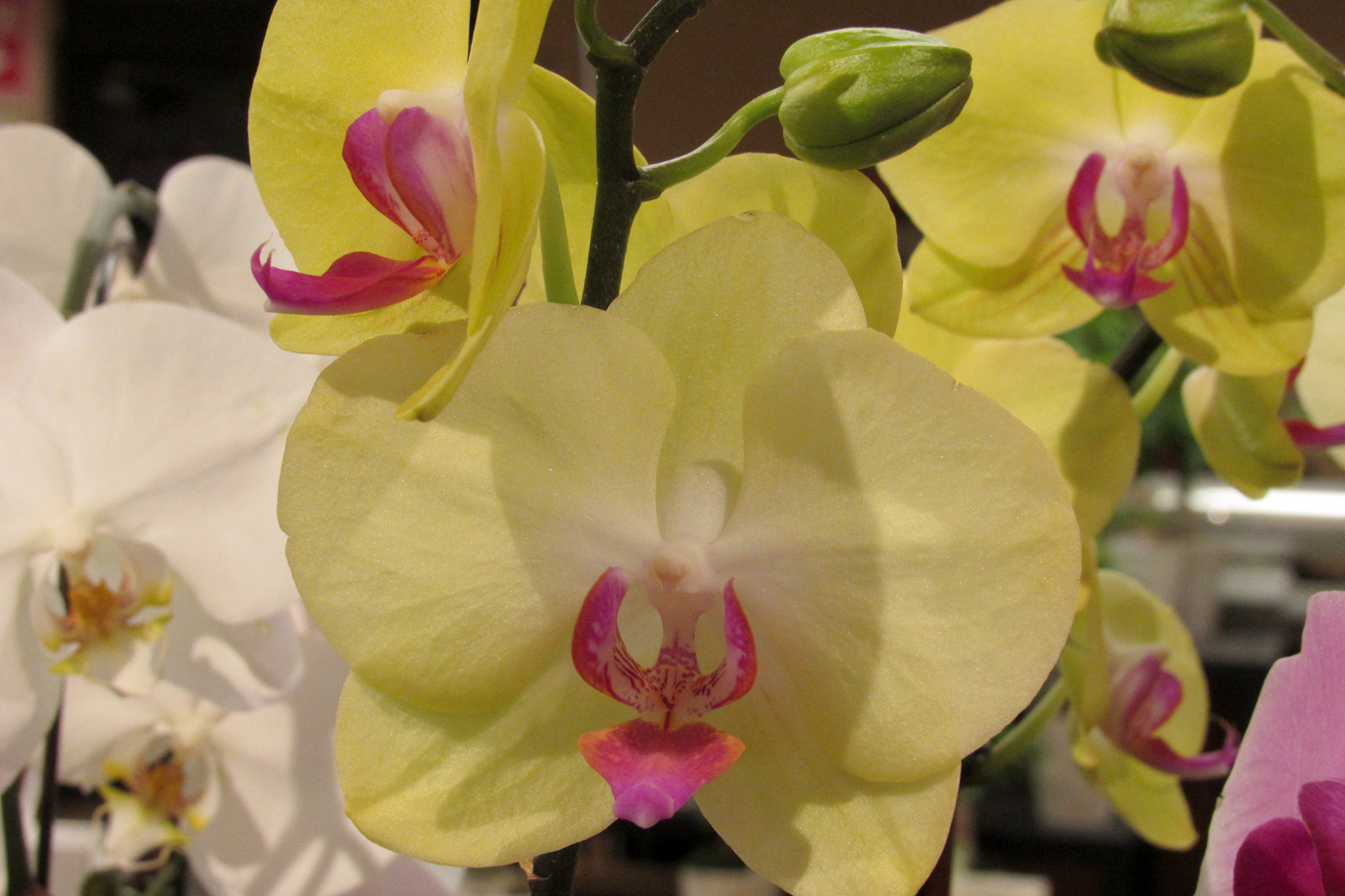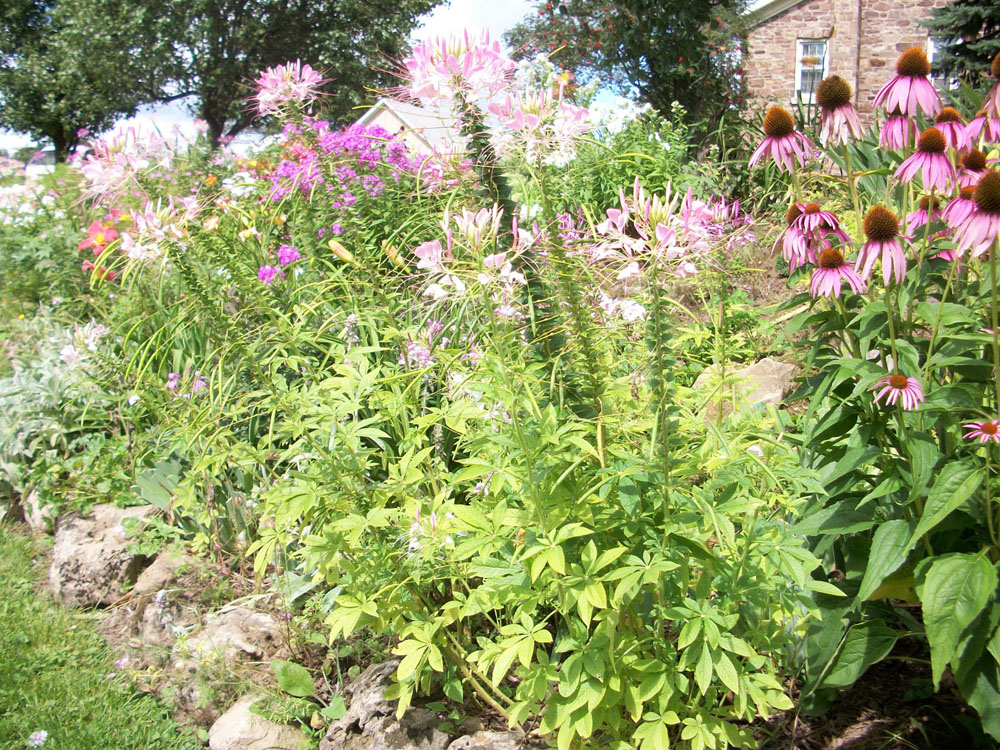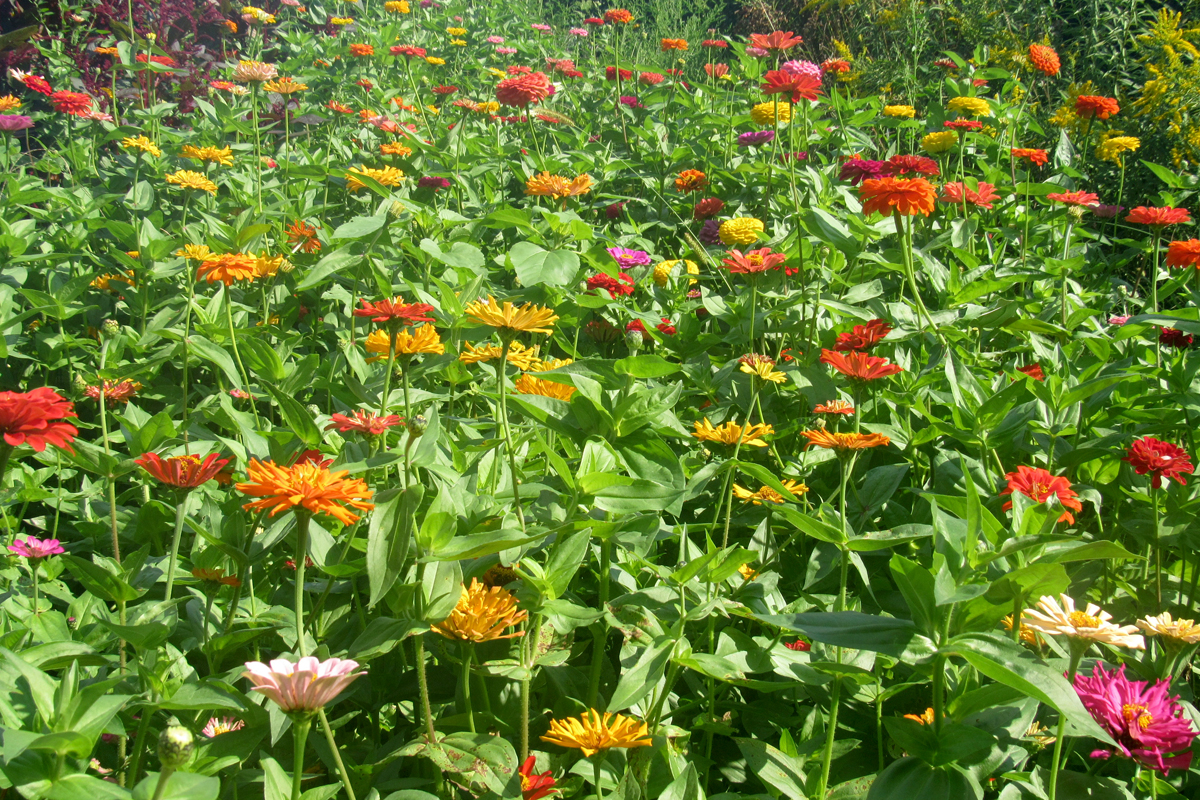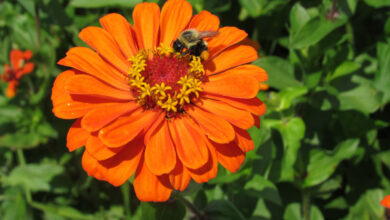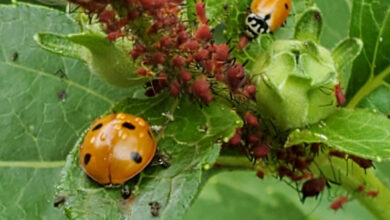Seed catalog time!
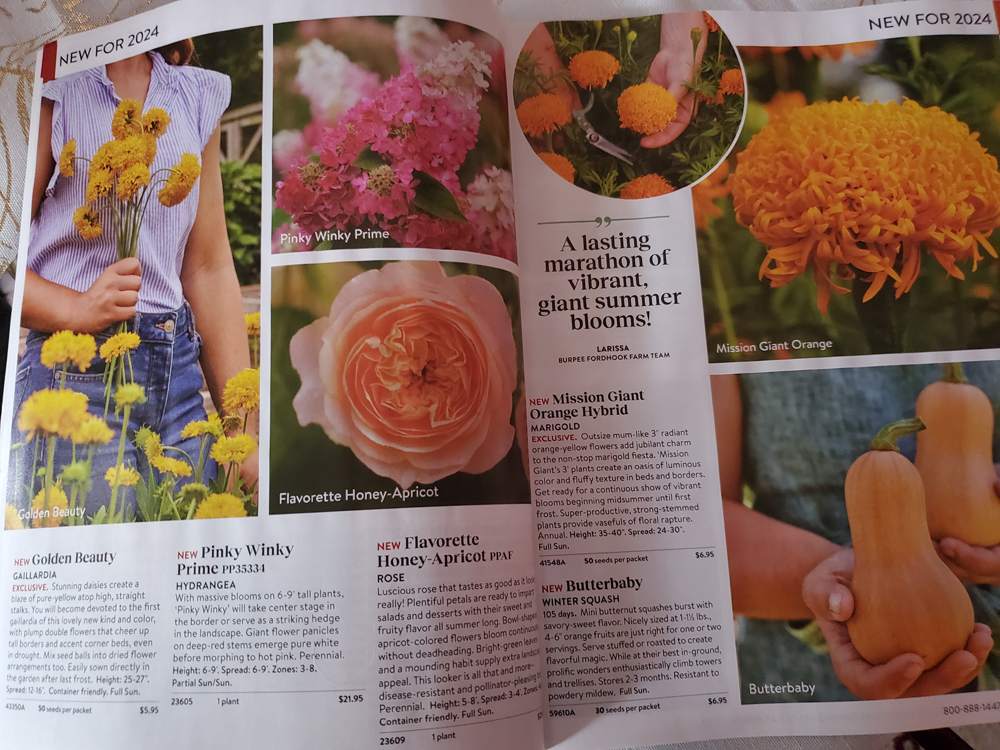
That special time of year for gardeners has arrived: seed catalog time! These glossy, colorful and enticing publications fill the mailbox just after Christmas. Now is the time to sit back and take in all the information, beautiful photos and inspiration seed catalogs provide. If you have never grown flowers or vegetables from seed before, consider trying a few varieties in 2024. Many flowers and vegetables can be direct-sown in the spring right into the garden, while others benefit from the extra care and protection of starting inside – the seed catalog and packet will provide guidance on this.
West Virginia University Extension offers tips for making the most out of your seed catalogs. They suggest the best way to start is by reviewing your records from the previous growing year. Look at what varieties performed best in your garden and which varieties did not do as well as hoped. Consider trying new varieties this year.
Starting plants from seed is an economical way to obtain fresh and nutritious fruits and vegetables as well as herbs and flowers, but good seeds are not cheap, so make sure to do your homework before ordering. Know your hardiness zone – the USDA just released an updated Plant Hardiness Zone Map late in 2023. Hardiness zones are based on the average annual minimum temperature in your area and help you determine which plants will thrive in your location. Grow plants that are hardy for your area. WVU Extension advises to underestimate your need for seeds and overestimate your need for space. The beautiful color photos in seed catalogs as well as the exciting new varieties introduced each year can be very tempting and it is easy to overbuy seeds. Remember you only have so much space.
Measure the amount of space you have for sowing and create a map using the mature size of plants you intend to grow. Overcrowding in the garden can lead to pest problems and disease – give yourself plenty of room for plants. Keep a seed journal to track what seeds you have purchased from year to year and the amount of produce you have grown.
Check your seed catalog for charts that explain common terms and abbreviations included in seed descriptions.
Here are a few common terms of which to be aware:
•Days to maturity – the number of days to harvest expected after planting transplants.
•Open pollinated (OP) – a plant pollinated by another plant, rather than pollinating itself. These varieties come true to seed and are what you want if you will be saving seed.
•Hybrid – seeds produced from a cross of two or more varieties. Seeds saved from hybrids result in plants that are not identical to the parent plants. F1 refers to first generation hybrids; F2 refers to second generation hybrids.
•Disease resistant – often expressed with abbreviations such as “V” for Verticillium Wilt – this indicates the degree of disease resistance exhibited by the plant. Each catalog should explain their abbreviations for disease resistance.
•Treated – treated seeds are coated with fungicide or insecticide to protect them from disease and pests during germination and seedling growth. Color may be added to these seeds to differentiate them from untreated seed.
A well-planned garden is more likely to be successful – seed catalogs are a great resource for choosing varieties that will meet your needs and thrive in your garden conditions.



